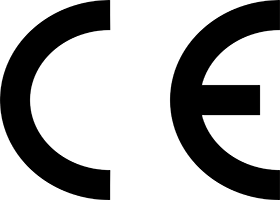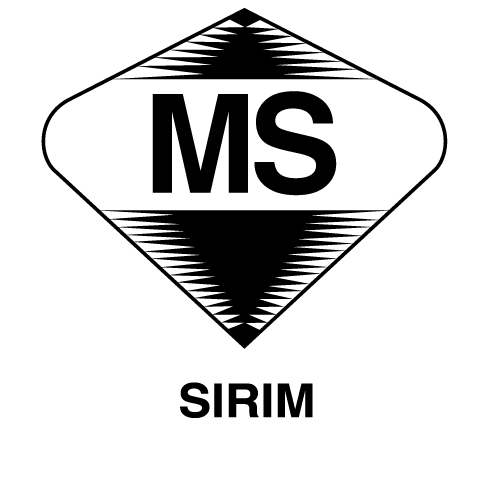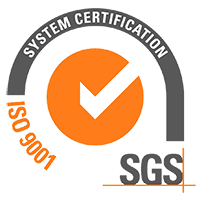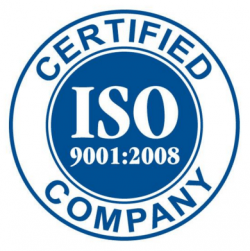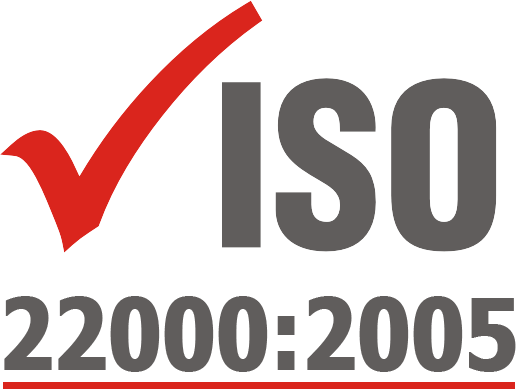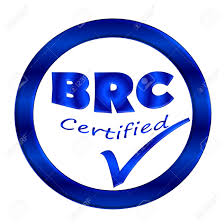BLOG
THE IMPORTANCE OF KNOWING WHAT YOUR PACKAGING PRODUCT CONTAINS AND WHERE IT COMES FROM
It’s quite confronting looking for the right package for your product – the product that personifies who you are as an innovator, producer, inventor, and what best conveys your personal philosophy. So where do you start and what do you look for? Plastic Raw Materials – the tiny granules that are fed into an injection moulding machine and are melted down to form, in the end, what is your packaging product.
Symbols – what do they mean WHEN IT COMES TO YOUR PACKAGING PRODUCT?

Slide title
Write your caption hereButton
Indicates that an object is capable of being recycled. This symbol can also be broken down to identify various plastics and their origins. The chart and explanations below explain the materials used and their recyclable properties.
RESIN IDENTIFICATION CODES
Plastic Composition – Polyethylene Terephthalate (PET(E))
- Properties – Clear and optically smooth, resists water, oxygen and CO2, resists high impacts, resists most solvents, can be filled with hot liquids
- Typical Applications – Soft Drink Bottles, Sports Bottles, Condiment/Food Jars, Food Trays
Plastic Composition – High-Density Polyethylene (HDPE)
- Properties – Resists most solvents, high strength characteristics, stiff material
- Typical Applications – Water Bottles, Milk Bottles, Cleaning Products, Personal Cosmetics
Plastic Composition – Poly Vinyl Chloride (PVC)
- Properties – High impact and strength, resists grease and chemicals
- Typical Applications – Plumbing pipes and guttering, shower curtains, window frames, flooring
Plastic Composition – Low-Density Polyethylene (LDPE)
- Properties – Resists acids and oils, tough, flexible and transparency is good; a good way of testing if it is LDPE is if you can push your finger through the soft plastic
- Typical Applications- Stretch Film (such as Cling Film and Glad Wrap), shrink Wrap, bubble wrap, zip-lock bags, grocery bags, squeezable bottles, and the coating of milk cartons.
Plastic Composition – Polypropylene (PP)
- Properties- Great optical clarity, low moisture vapour penetration, inert towards acids, alkalis and most solvents
- Typical Applications- Hard Containers, Medicine Bottles, Takeaway Containers, Bottle Caps, Refrigerated Food Containers, Plastic Cutlery
Plastic Composition – Polystyrene (PS)
- Properties – Great short shelf life moisture barrier, high optical clarity, good rigid structure, light yet stiff, low thermal conductivity.
- Typical Applications – Styrofoam Cups, Plastic Plates/Cutlery, Food Containers (e.g. sushi packs), Meat Trays, Protective Foam Packaging, CD Cases, Small Hard-wearing Bottles, Cable Spools, Toys. Polystyrene can be made into rigid (PS) or foam products (EPS – like Styrofoam)
Plastic Composition – Other (Composite)
- Properties – Dependent on resins and combination of resins.
- Typical Applications – Milk/Fruit Juice Cartons, Oven Bags, Roofing, Cases.

Slide title
Write your caption hereButton
US Food and Drug Administration
The Food and Drug Administration is a federal agency of the United States Department of Health and Human Services, one of the United States federal executive departments. The FDA is responsible for protecting and promoting public health through the regulation and supervision of food safety, tobacco products, dietary supplements, prescription and over-the-counter pharmaceutical drugs, vaccines, biopharmaceuticals, blood transfusions, medical devices, electromagnetic radiation emitting devices, cosmetics, animal foods & feed and veterinary products. The FDA symbol on packaging products indicates that the product is certified as safe for food containment by the US Food and Drug Administration.
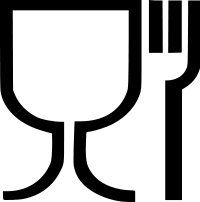
Slide title
Write your caption hereButton
FOOD SAFE
Even though the legal requirement in various nations would be different, the food safe symbol generally assures that:
1. The container surface is free of any toxic contaminants which could be contacted from the manufacturing process.
2. The material the container is made of shall not potentially become a source of TOXIC contamination through usage (degeneration).
It’s important to consider the environment in which your products are manufactured. HACCP, TUV SUD, BRC certified plants ensure your product is produced in the best possible manufacturing plant environment. So what do plant certification symbols mean:-
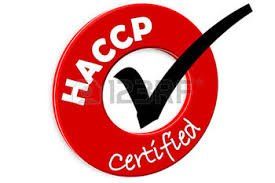
Slide title
Write your caption hereButton
HACCP
STANDS for Hazard Analysis and Critical Control Points. This is a preventative food safety system in which every step in the manufacture, storage and distribution of a food product is scientifically analyzed for microbiological, physical and chemical hazards.
In recent years, suppliers of food product packaging have become increasingly considered a part of the food manufacturing industry. While HACCP was not originally designed for packaging, more and more resources are available to assist packaging companies in implementing a HACCP-based program. Several food safety certifications now designed for packaging have strong emphasis on HACCP.
An HACCP-based system operates on prerequisite programs which help management ensure that products are produced in a safe manner. Prerequisite programs are often times programs that are already in place at a packaging supplier as a part of the current quality management system. Prerequisite programs can include:
Good Manufacturing Practices
Integrated Pest Management System
Preventative Maintenance Program
Supplier Management Program
Traceability & Recall Program
Documentation and Record Keeping
Allergen Awareness Management Program
Foreign Material and Detection Control>
Cleaning and Sanitation Program
Corrective Action Program
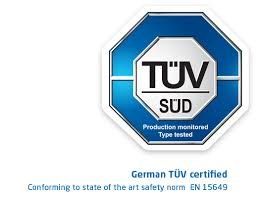
Slide title
Write your caption hereButton
Technischer Überwachungsverein, English: Technical Inspection Association
German organizations that work to validate the safety of products of all kinds to protect humans and the environment against hazards. As independent consultants, they examine plants, motor vehicles, energy installations, amusement rides devices and products (e.g. consumer goods) which require monitoring. The many subsidiaries of the TÜVs can also act as project developers for energy and traffic concepts, as problem solvers in environmental protection, and as certification bodies.
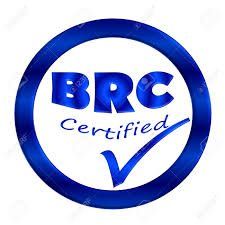
Slide title
Write your caption hereButton
BRC Global Standards is a leading safety and quality certification program, used by over 23,000 certificated suppliers in 123 countries, with certification issued through a worldwide network of accredited certification bodies.
The Standards guarantee the standardisation of quality, safety and operational criteria and ensure that manufacturers fulfil their legal obligations and provide protection for the end consumer. BRC Global Standards are now often a fundamental requirement of leading retailers
Whether an established global supplier or based in an emerging market, the Standard will ensure customers have confidence in food product safety and the quality management program and supply chain. What’s more, by improving product safety, the Standard also helps reduce waste, complaints, recalls and rejected products. Many retailers, brand owners, raw material processors and packaging manufacturers around the world support the use of the Standard and accept it as part of their supplier approval processes.
Call us today for packaging information on 03 8589 9552.


